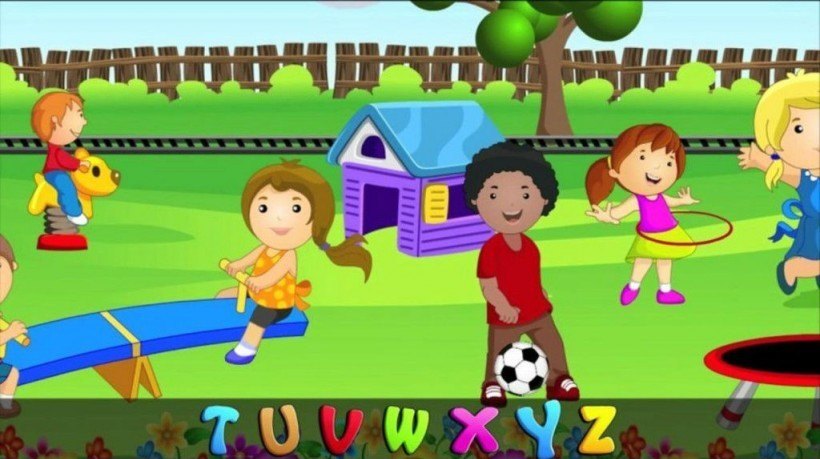Video-Based Learning: Video Learning-Coming of Age
First off, what exactly is video-based learning? The term is used in the sciences of learning and cognition to designate knowledge or skills acquired by being taught via video. Here are this method's key elements:
- One of the critical attribute of video is the use of both auditory and visual cues. Visual symbols provide primary source of information and the audio symbols are utilized to elaborate information.
- Effectiveness of learning is dependent on length of the learning chunks. For learning to be more meaningful and effective, smaller chunks of videos are most suitable.
- A popular model for motivation attributes four major factors that come into play when we talk of effective learning. The model defines four conditions as attention, relevance, confidence, and satisfaction. Video-based learning has the ability to provide all these attributes and thus supports effective learning.
- Video-based learning that provides control of content selection to the learner is most effective for corporate learners. Take the popular TED Talks as an example - TEDx is also available as an app and curates videos on locally-driven ideas, elevating them to a global stage.
3 Top Benefits Of Video-Based Learning
- Cost-effective.
Video content can be created in-house, which is inexpensive and provides a platform to collaborate as well as share knowledge for corporate learners. - Ease of creation and scalability.
Even hand-held devices such as mobiles and tablets can be well utilized to create learning videos. - Distribution.
- With appropriate platform – and there are many available now, videos are easy to upload and share on the internet.
5 Reasons Why Video-Based Learning Sticks With Learners
- Easy to create. Easy to consume.
Short learning videos can be developed that encapsulate concepts or topics through a mix of minimalistic text and basic graphics. - Videos not only teach, they inspire.
Videos have a humanizing effect on the content. - Videos are a powerful support tool.
Videos can illustrating processes through images, graphics, or simple animations. - Videos are fun.
Videos bring in a touch of entertainment. - Videos don’t have to be always serious!
The presenter can bring in variations in speech and/or add a joke or anecdote to help learners connect better with the topic.
How Do Τhe Learning Styles Link To Video-Based Learning?
Famous exponents of organizational learning, David Kolb and Roger Fry developed a learning style inventory which was designed to identify learners in accordance to the preferred learning styles of concrete experience, abstract conceptualization, reflective observation, and active experimentation.
- Do videos provide concrete experience?
Through visual representation, videos can provide an experience that the learner is able to relate to very well. Since videos can invoke true ‘feeling’ in the minds of the learners, they align to the needs of the learners who prefer ‘concrete experience’. - Do videos provide reflective observation?
This is where videos are the most effective. By observing what is being shown, the learner assimilates a worth of knowledge and imbibes skills easily. - Do videos provide abstract conceptualization?
With real life examples and scenarios, learners can put themselves in new and unknown situations but still have the confidence of dealing with them. Practical knowledge is thus extracted out of videos. - Do videos provide active experimentation?
Though videos do not provide a platform for active experimentation, they definitely support it by enabling the learner to do so by watching step by step demonstration by an expert.
Given that videos score 3.5 out of 4 on major identified learning styles, no wonder this is closely co-related to its evident success and ever-growing popularity.
Fact File: The Future Of Learning
Massive Open Online Courses (MOOCs) have offered a whole new perspective for openness by providing unlimited learning opportunities – a large chunk of it is video-based. MOOCs were established in the early 2000s, based on the pedagogy approach and on connectivity. Learning objectives are pre-defined by teachers who impart their knowledge through short video lectures, often followed by simple e-assessment tasks. In more recent times, new forms of MOOCs have also emerged that include in-class and online video-based learning activities.
Flipped classrooms utilize the video-based learning model that allows instructors to spend more time discussing problems, queries, and practical aspects of the learning course within a classroom. Learners watch video lectures as homework and learn from them. Flipped learning is becoming an evident choice for more and more learning enthusiasts as videos are the fastest and easiest way to cover basic concepts, examples and demonstrations that can be taken up outside a classroom.
If you want to know about how to design and deliver successful video-based learning, download the free eBook Learning@Videos - Charting The Evolution, Success & Growing Popularity Of Video-based Learning.
Related Articles:
- How To Design A Successful Video-Based Learning Experience
- 3 Strategies For Delivering Successful Video-Based Learning
- Free eBook: Learning@Videos - Charting The Evolution, Success, And Growing Popularity Of Video-Based Learning







